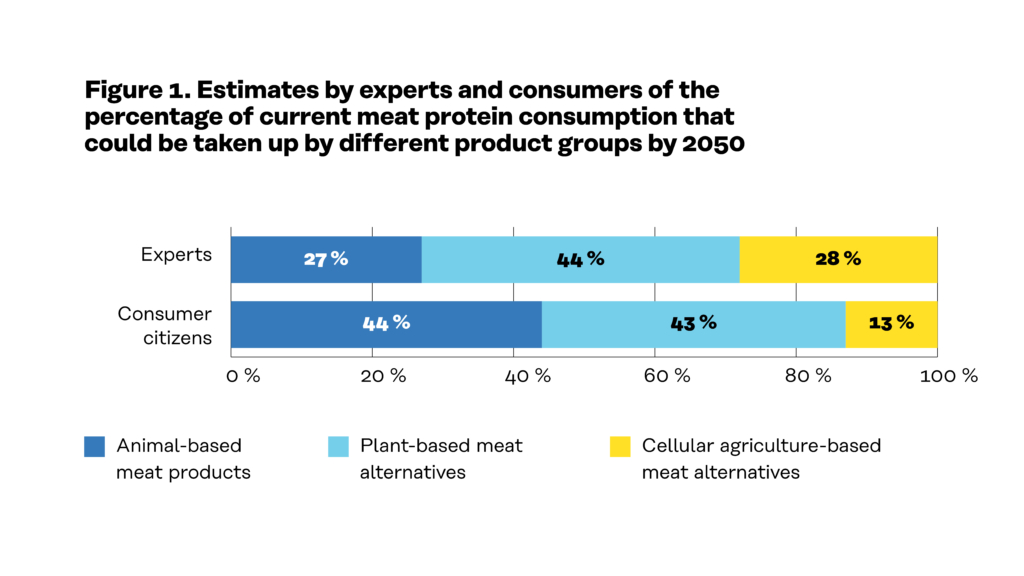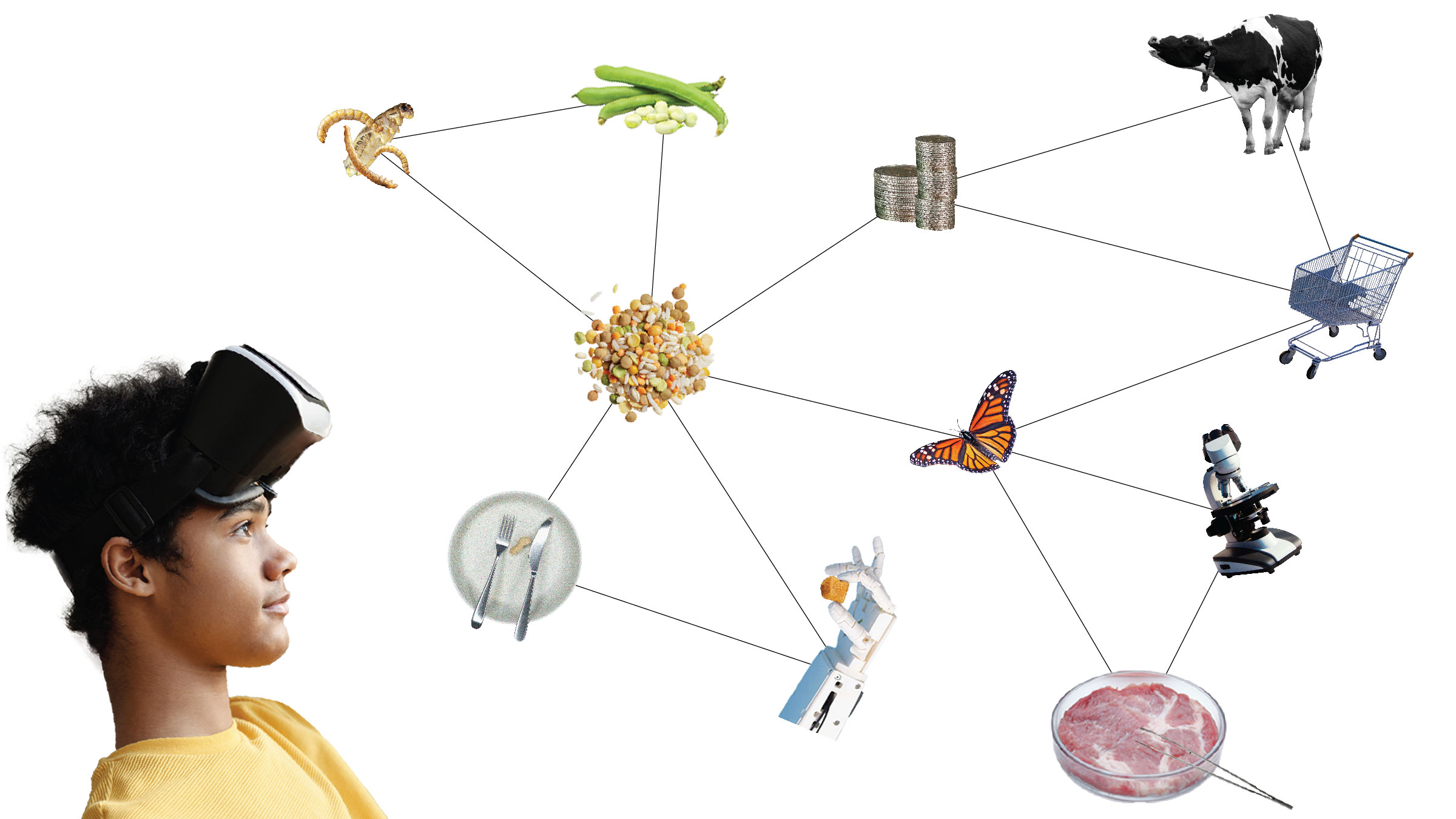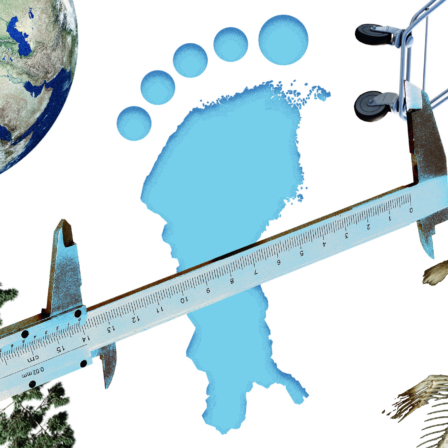Nature and biodiversity are being lost at an alarming rate globally, including in Finland. At the same time, the climate is heating up, which further exacerbates the loss of biodiversity. However, this trend can be reversed.
The way we produce and consume food plays a key role in halting the depletion of biodiversity and curbing the climate crisis. The Sitra report “The role of plant-based and cellular agriculture products in the transformation of the Finnish food system – towards 2050” emphasises that the food system is undergoing a global overhaul towards more sustainable ways of producing and consuming food. The study was carried out by researchers of the University of Helsinki.
“In order for our lifestyles to fit within the limits of the planet’s carrying capacity, we need changes in our diet and ways of producing food. Finland should prepare for the ongoing food transformation,” says Markus Vinnari, Lecturer at the University of Helsinki.
The study will help those involved in the food system, such as farmers, the food industry, retailers and policy makers, to understand the threats and opportunities related to future ways of producing and consuming food. The study focuses particularly on different plant-based and cellular agriculture products. Cellular agriculture refers to various cell culture techniques to produce, for example, microbial proteins or meat grown from animal cells.
Surveys: Major change in diets by 2050
The researchers commissioned two separate surveys to gauge the views of consumers and food system experts on the future of food production and consumption. The results suggest that there may be a major change in diets by 2050. Both experts and consumers predicted that a significant proportion of meat and dairy proteins will be replaced in the future by an increase in plant proteins and the development of cellular agriculture products.
In order for our lifestyles to fit within the limits of the planet’s carrying capacity, we need changes in our diet and ways of producing food. Finland should prepare for the ongoing food transformation.
Markus Vinnari, Lecturer at the University of Helsinki
On the other hand, there are significant differences in the expectations of experts and consumers. For example, experts estimate that in 2050 Finnish people will consume only about a quarter of the amount of meat consumed today. Consumers’ estimates were a little more moderate than those of experts, but they too expect that meat consumption will drop to less than half of today’s level by 2050 (see Figure 1). The research team points out that the results should be seen as a rough measure of future consumption levels.
In the consumer survey, respondents were fairly familiar with different types of plant-based products, but clearly less familiar with cellular agriculture products. This may be due to the fact that many cellular agriculture products are not yet available in ordinary grocery stores. More than half of the respondents had a positive attitude towards using plant-based products, while about a quarter took a positive view of using cellular agriculture products.

Transformation paths help prepare for the future
Based on consumer and expert assessments, the researchers constructed three different transformation pathways that describe potential developments in the food system by 2050. The pathways are not predictions, but they help Finnish society prepare for the future and lead change.
The researchers also assessed how land use and energy consumption in primary production would change under different transformation pathways. In all transformation pathways, switching to plant-based and cellular agriculture protein sources would significantly reduce the amount of land needed for cultivation compared to animal production. According to the lowest estimate, it would reduce the annual need for agricultural land to only a quarter of the current area needed for meat and dairy production.
It’s important for us to support the food production system’s ability to innovate and adapt in order to keep pace with the change. The food transformation will also offer Finland opportunities for new business and exports.
Liisa Pietola, Leading Specialist, Sitra
The crop rotation required by different plant species and their importance for plant protein production should also be taken into account when considering the big picture. The impacts on biodiversity were not assessed.
“The environmental benefits to be achieved will depend on how the land freed up from animal production is used in the future,” says Hanna Tuomisto, Associate Professor at the University of Helsinki.
Energy consumption would also decrease overall in the transformation pathways. This is particularly due to the fact that growing plant-based proteins uses less energy than the production of animal and cellular agriculture proteins. On the other hand, the expansion of cellular agriculture could increase electricity consumption in the production of food ingredients.
Three transition pathways in the study
1. Transformation pathway – from crisis to tradition
- Finland will initially invest heavily in cattle and the export of the end products. At the same time, efforts will also be made to grow protein feed. Around halfway through the transformation pathway, an extensive global pandemic, found to be caused by poultry, will turn the attitudes of decision-makers and consumers against the production in the sector and strengthen the development of local self-sufficiency focused on cattle and plant-based products.
- The transformation pathway illustrates that it is not always known what will ultimately influence which factor. There may be fluctuations in how the transformation happens, and the future can therefore be surprisingly unexpected. Investing in developments that sound contrary may ultimately lead in an unpredictable direction. The transformation pathway suggests that the roadmap for the sector should also include provision for surprises and alternative development paths.
2. Transition pathway Finland with a strong food policy
- The transition pathway is based on building a health and environment-based food policy. In production, wide-ranging investments will be made in plant proteins, cellular agriculture and, in animal production, poultry in particular. Initially, the aim will be to manage food policy very intensely from top to bottom. This will bring desired results in the short term but, in the 2030s there will be a backlash among citizens calling for a more varied approach. This, in turn, will leads to changes in policy and the operating environment.
- The transition pathway indicates that good intentions do not always lead to the desired outcome. The roadmap process for the sector should be consider how to build the various measures. This could be done, for example, by dividing the journey into stages and engaging different social actors in the process.
Transition pathway Global power game
- The third transition pathway is characterised by the rapid expansion of cellular agriculture. Power will become concentrated in the hands of large international corporations that buy small innovative companies out of the market. This development will free up significant amounts of agricultural land for other uses. The speed of transition will accelerate momentarily. At the same time, the remaining livestock farms will grow into very large units with a localised environmental impact. Traditional rural production structures will change, and the countryside will become deserted. This development will cause problems for the maintenance of traditional rural biotopes, for example, as the number of grazing animals will decline and they are concentrated in larger units.
- The transformation pathway demonstrates that the outcome may appear good in some respects but may be undesirable in others. A roadmap for the sector could help to outline how to prepare for these different impacts.
A roadmap would speed up the transition
A main conclusion of the study is that a cross-sectoral roadmap and action plan should be drawn up on the future of the Finnish food system to accelerate the change towards more sustainable food production and consumption. The transformation pathways outlined in the study could support the roadmap work.
“Preparing a roadmap will require multidisciplinary co-operation. Finland should therefore move away from separate agricultural, health and environmental policy sectors towards building a common food policy,” says Pasi Pohjolainen, Visiting Researcher at the University of Helsinki.
In the long term, roadmapping would benefit many of those in the food system by enhancing predictability.
“It’s important for us to support the food production system’s ability to innovate and adapt in order to keep pace with the change. The food transformation will also offer Finland opportunities for new business and exports. At the same time, we must take into account the specific northern characteristics of our country’s northern and the potential of plant protein production as part of a diversified agriculture,” says Liisa Pietola, Leading Specialist at Sitra.
Read the study here:
The role of plant-based and cellular agriculture products in the transformation of the Finnish food system – towards 2050 (Summary in English)


















Recommended
Have some more.